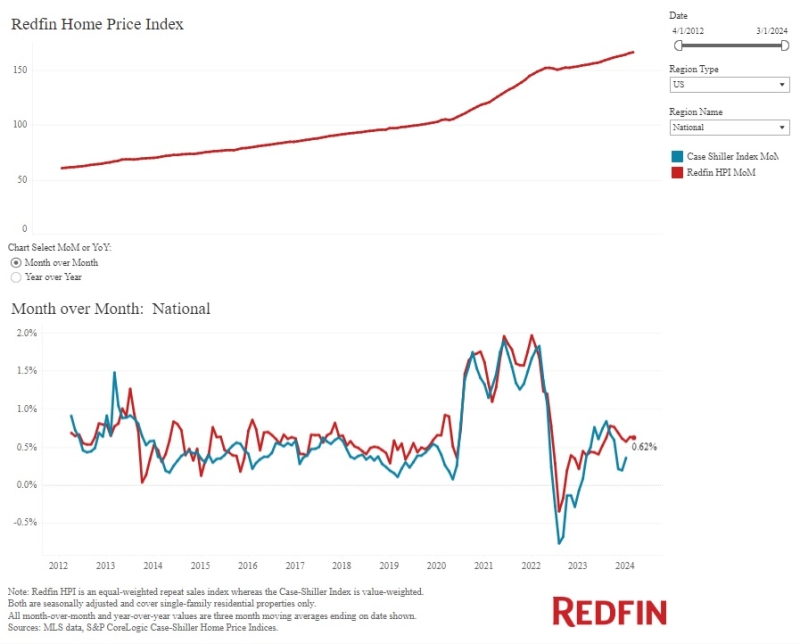Advertisement
Q1 Commercial/Multifamily Mortgage Debt Drops Nearly $5 Billion

The level of commercial/multifamily mortgage debt outstanding decreased by $4.9 billion, or 0.2 percent, in the first quarter of 2013, the first quarterly decrease since the third quarter of 2011, according to the Mortgage Bankers Association (MBA). The $2.41 trillion in outstanding commercial/multifamily mortgage debt was $4.9 billion lower than the fourth quarter 2012 figure. Multifamily mortgage debt outstanding rose to $842 billion, an increase of $4.1 billion, or 0.5 percent, from the fourth quarter of 2012.
“After five quarterly increases, the amount of commercial and multifamily mortgage debt outstanding fell slightly in the first quarter,” said Jamie Woodwell, MBA’s vice president of Commercial Real Estate Research. “Banks and thrifts, Fannie Mae, Freddie Mac and FHA increased their commercial and multifamily holdings, but the balance of loans in commercial mortgage-backed securities resumed its decline.”
The analysis summarizes the holdings of loans or, if the loans are securitized, the form of the security. For example, many life insurance companies invest both in whole loans for which they hold the mortgage note (and which appear in this data under Life Insurance Companies) and in commercial mortgage-backed securities (CMBS), collateralized debt obligations (CDOs) and other asset backed securities (ABS) for which the security issuers and trustees hold the note (and which appear here under CMBS, CDO and other ABS issues).
Commercial banks continue to hold the largest share of commercial/multifamily mortgages, $839 billion, or 35 percent of the total.
CMBS, CDO and other ABS issues are the second largest holders of commercial/multifamily mortgages, holding $562 billion, or 23 percent of the total. Agency/GSE portfolios and MBS hold $383 billion, or 16 percent of the total, and life insurance companies hold $322 billion, or 13 percent of the total. Many life insurance companies, banks and the GSEs purchase and hold CMBS, CDO and other ABS issues. These loans appear in the “CMBS, CDO and other ABS” category.
Looking solely at multifamily mortgages, agency and GSE portfolios and MBS hold the largest share, with $383 billion, or 45 percent of the total multifamily debt outstanding. They are followed by banks and thrifts with $237 billion, or 28 percent of the total. CMBS, CDO and other ABS issues hold $69 billion, or eight percent of the total; state and local governments hold $63 billion, or eight percent of the total; life insurance companies hold $51 billion, or six percent of the total; and nonfarm noncorporate business holds $15 billion, or 2 percent of the total.
In the first quarter of 2013, CMBS, CDO and other ABS issues saw the largest decrease in dollar terms in their holdings of commercial/multifamily mortgage debt--a decrease of $4.8 billion, or 0.9 percent. Private pension funds decreased their holdings of commercial/multifamily mortgages by $3.2 billion, or 17 percent. Agency and GSE portfolios and MBS saw the largest increase at $3.7 billion, or one percent.
In percentage terms, the household sector saw the largest decrease in their holdings of commercial/multifamily mortgages, a decrease of 29 percent. Other insurance companies saw their holdings increase 3.6 percent.
The $4.1 billion increase in multifamily mortgage debt outstanding between the fourth quarter of 2012 and first quarter of 2013 represents a 0.5 percent increase. In dollar terms, agency and GSE portfolios and MBS saw the largest increase in their holdings of multifamily mortgage debt, an increase of $3.7 billion, or one percent. Commercial banks increased their holdings of multifamily mortgage debt by $2.7 billion, or 1.2 percent. State and local government increased by $577 million, or 0.9 percent. CMBS, CDO, and other ABS issues saw the biggest decline in their holdings of multifamily mortgage debt, by $3.5 billion, or 4.8 percent.
In percentage terms, REITs recorded the largest increase in holdings of multifamily mortgages, at 16 percent. State and local government retirement funds saw the biggest decrease, at 10 percent.
About the author





